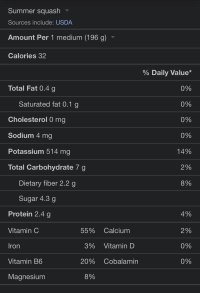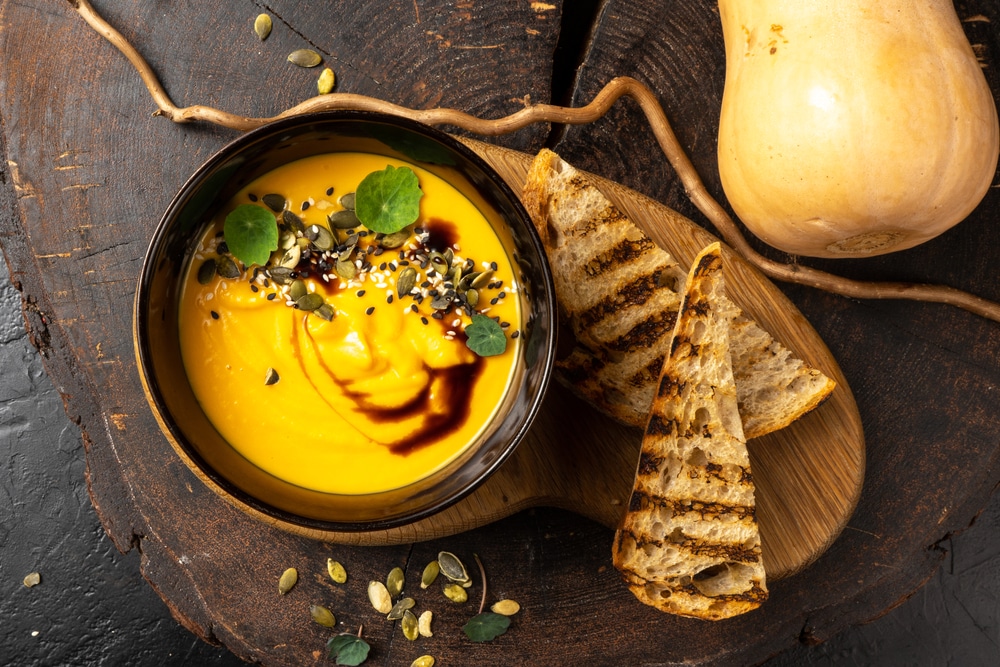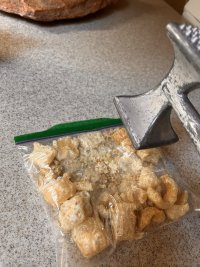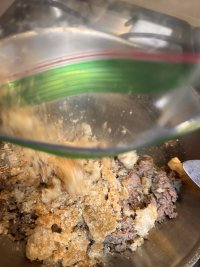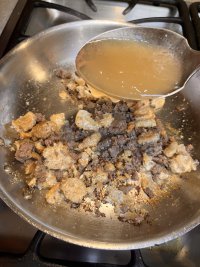Rinse & rePeat
Member
- Joined
- Mar 10, 2021
- Messages
- 21,516
UPDATE:
Yesterday I felt fantastic! I started with my day with the butter coffee and avoided all grains. I was surprised I wasn’t constantly hungry like usual, and my mood was on top of the world! I always eat liver and I go grain free often and don’t feel quite like yesterday, so I think the butter in my coffee had something to do with it and/or the summer squash. Last night my son ordered our favorite Domino’s thin crust jalapeño, bell pepper, mushroom and olive pizza, and it torture resisting it, but I did! I just didn’t want to mess up my energetic good mood and possibly ruin my sleep eating too late, and I knew there was always tomorrow to have pizza if I want. So I had a big glass of my raspberry, blueberry, orange peel and white honey juice instead, and had a good night sleep. Today that pizza was calling to me, so I pulled the cheese and topping off some pieces of that pizza and melted them on top of butter sautéed and salted summer squash and boy was that ever good! Here are pics below of what I did and DIDN’T eat, and I feel beautiful!
Yesterday I felt fantastic! I started with my day with the butter coffee and avoided all grains. I was surprised I wasn’t constantly hungry like usual, and my mood was on top of the world! I always eat liver and I go grain free often and don’t feel quite like yesterday, so I think the butter in my coffee had something to do with it and/or the summer squash. Last night my son ordered our favorite Domino’s thin crust jalapeño, bell pepper, mushroom and olive pizza, and it torture resisting it, but I did! I just didn’t want to mess up my energetic good mood and possibly ruin my sleep eating too late, and I knew there was always tomorrow to have pizza if I want. So I had a big glass of my raspberry, blueberry, orange peel and white honey juice instead, and had a good night sleep. Today that pizza was calling to me, so I pulled the cheese and topping off some pieces of that pizza and melted them on top of butter sautéed and salted summer squash and boy was that ever good! Here are pics below of what I did and DIDN’T eat, and I feel beautiful!
Attachments
-
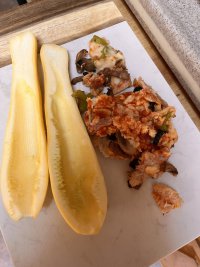 DBFF1DD3-29E8-4D36-8717-43AA6F169620.jpeg492.9 KB · Views: 28
DBFF1DD3-29E8-4D36-8717-43AA6F169620.jpeg492.9 KB · Views: 28 -
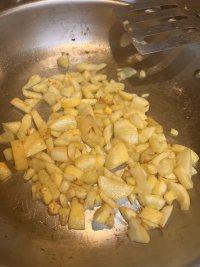 AE35F326-F156-4D80-827E-C9015E569A42.jpeg410.4 KB · Views: 26
AE35F326-F156-4D80-827E-C9015E569A42.jpeg410.4 KB · Views: 26 -
 5BAFA457-103B-4867-A9DF-27955FEA6754.jpeg568.4 KB · Views: 22
5BAFA457-103B-4867-A9DF-27955FEA6754.jpeg568.4 KB · Views: 22 -
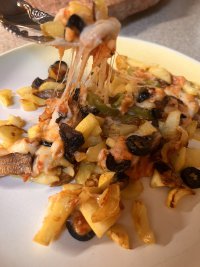 80138A3A-5958-4484-90B6-44C05B50EE76.jpeg411.3 KB · Views: 23
80138A3A-5958-4484-90B6-44C05B50EE76.jpeg411.3 KB · Views: 23 -
 3CC879CC-475E-40CA-8AB6-6DD35606B2A1.jpeg662.1 KB · Views: 30
3CC879CC-475E-40CA-8AB6-6DD35606B2A1.jpeg662.1 KB · Views: 30

